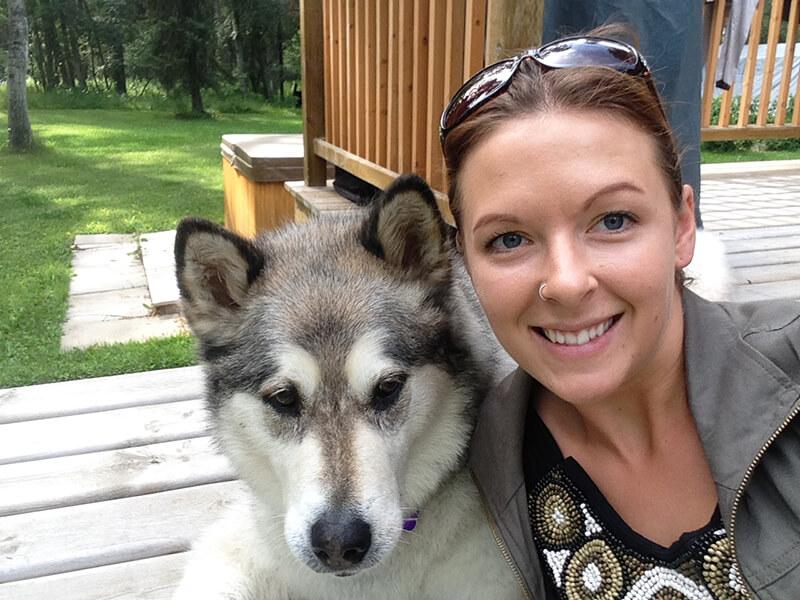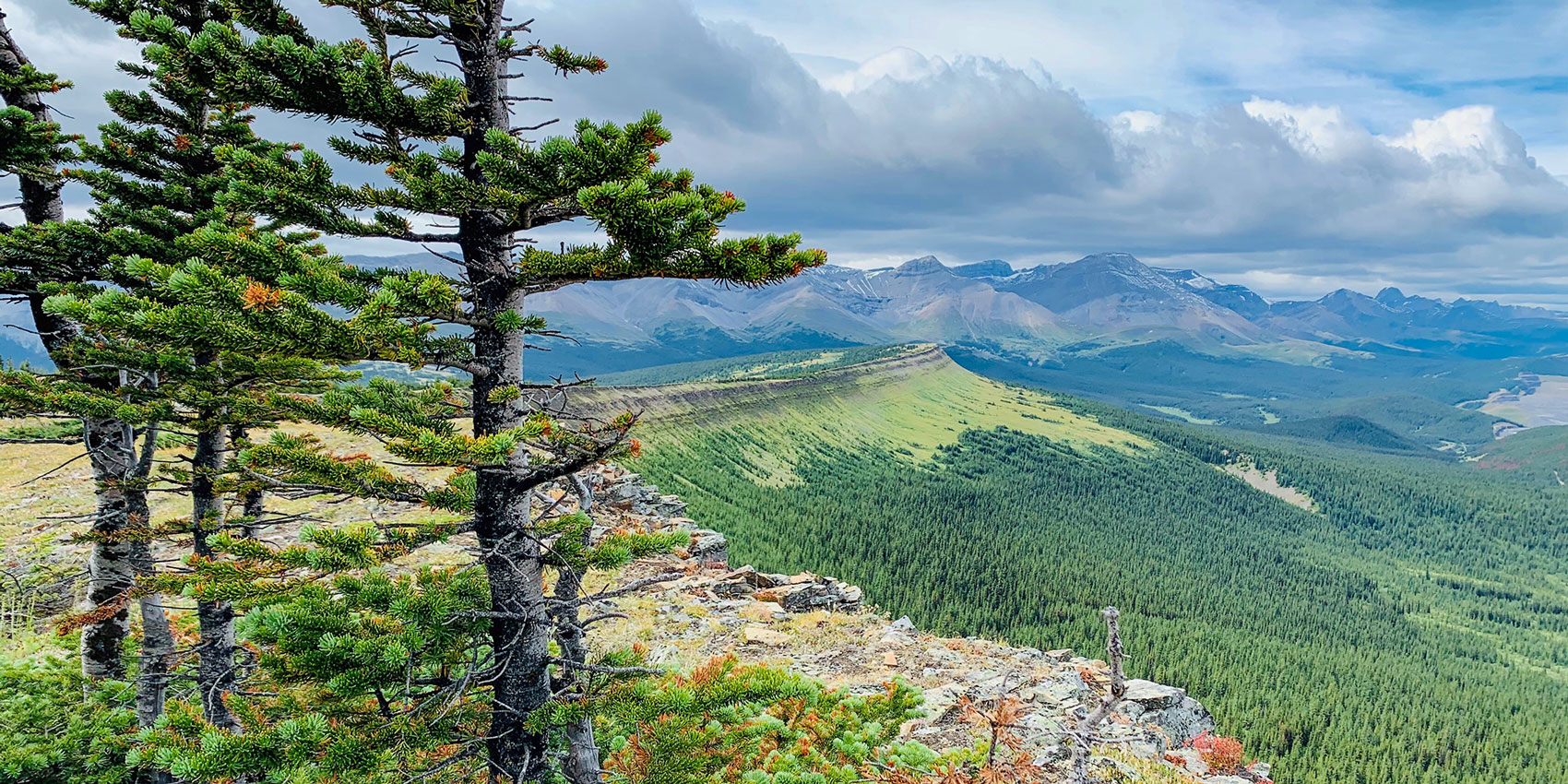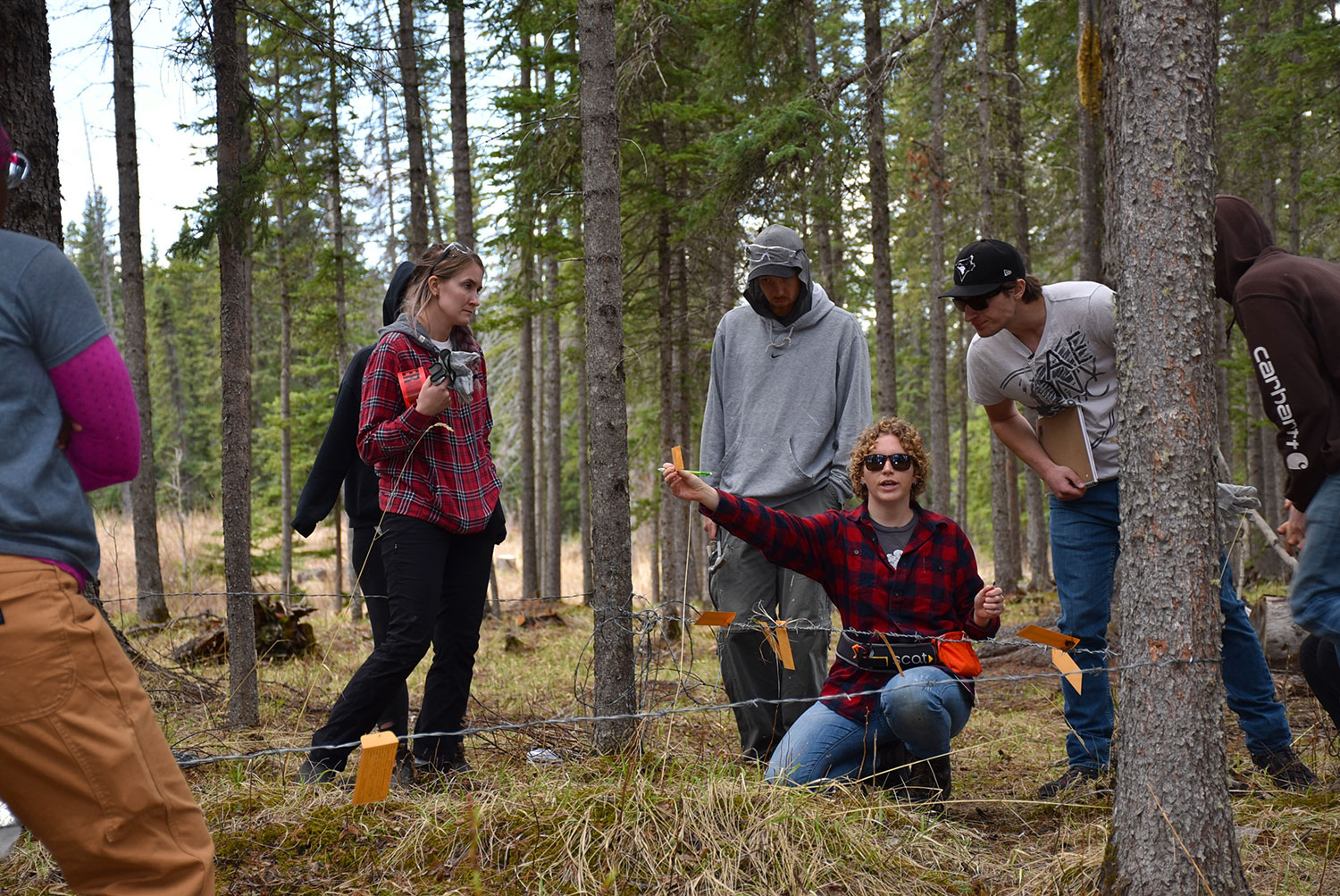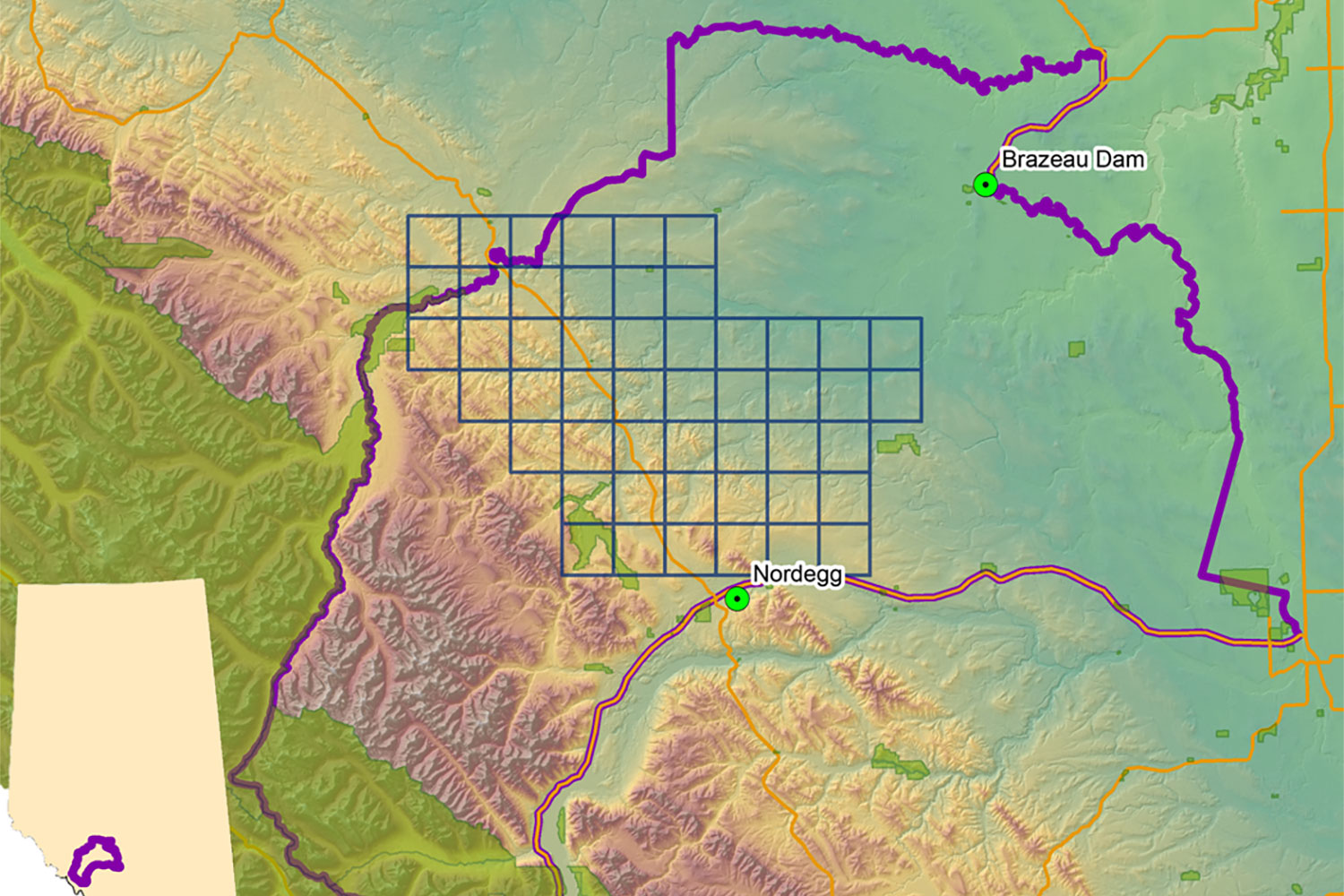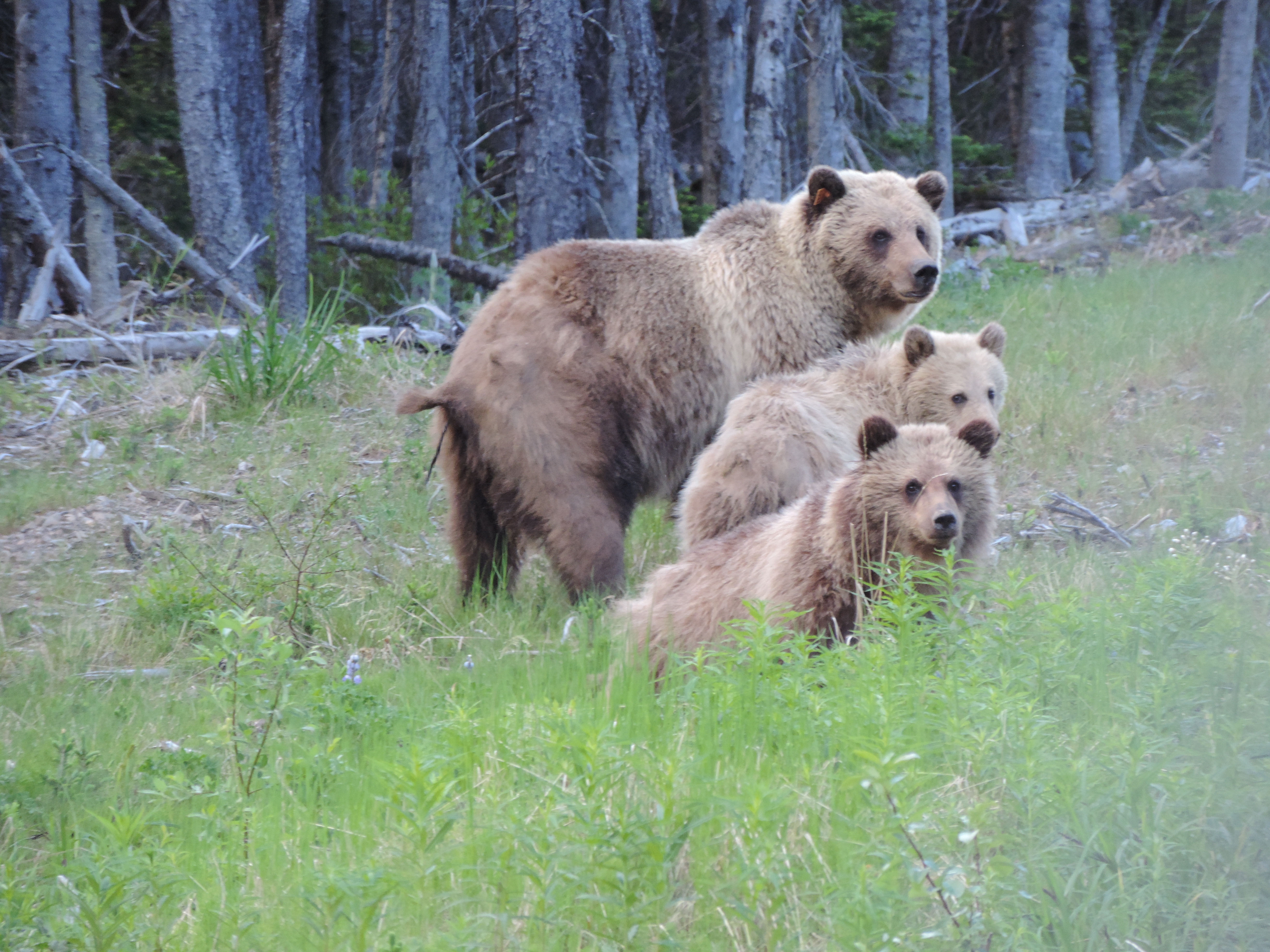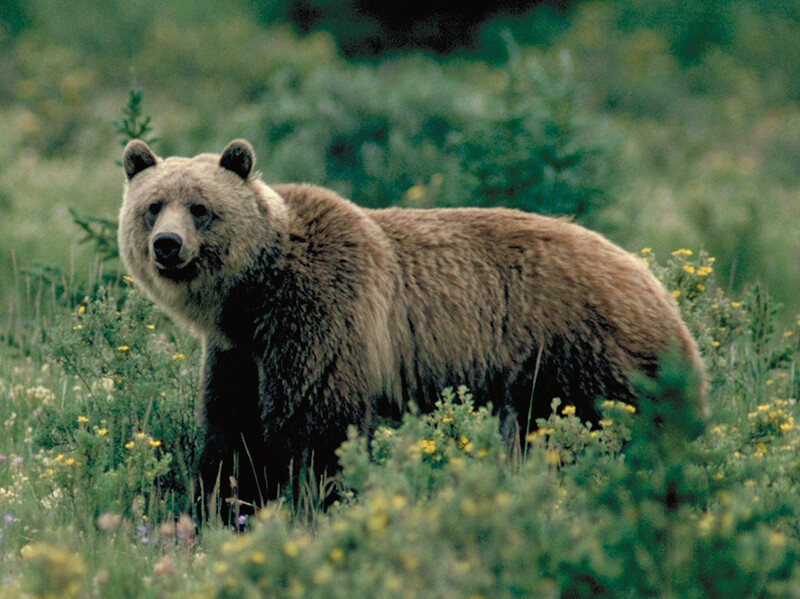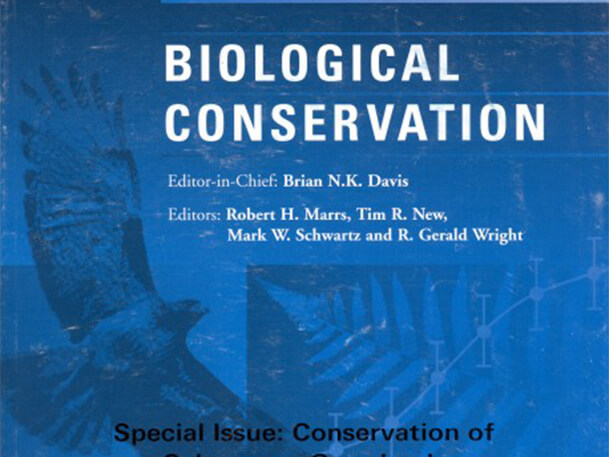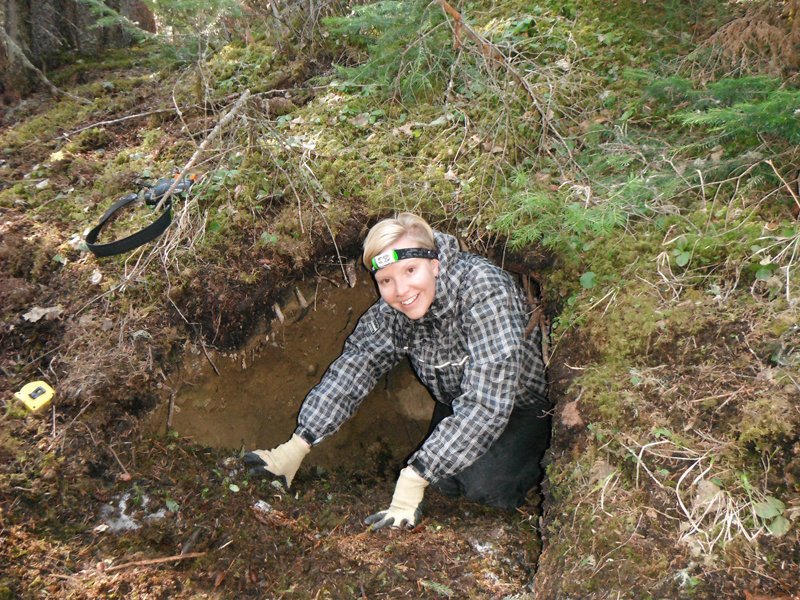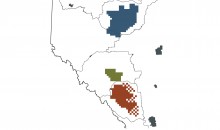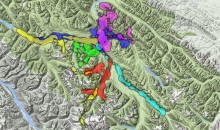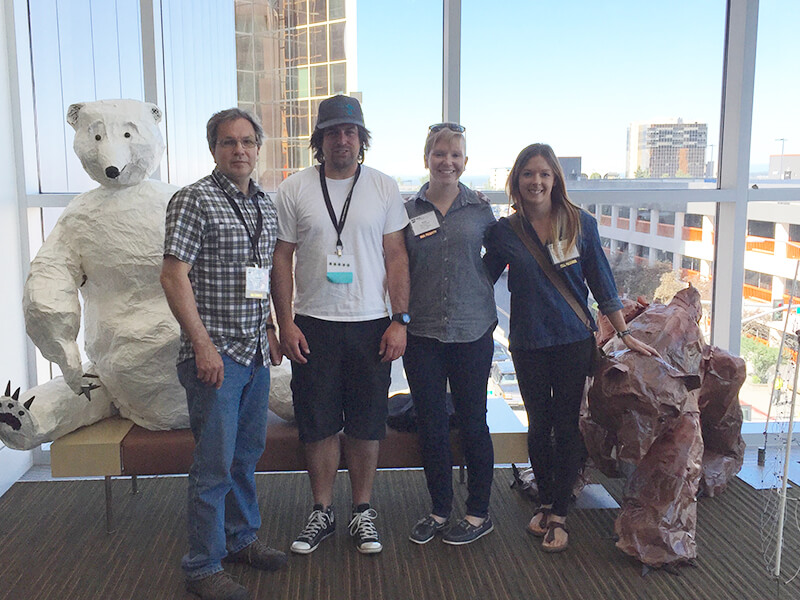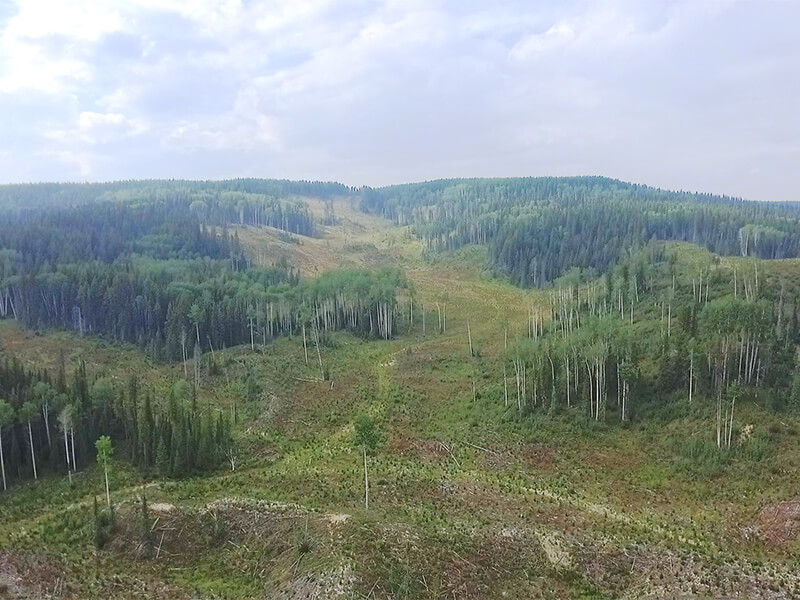
Impacts of New Forestry Approaches on Grizzly Bear Habitat Use and Movement
This project will investigate whether new approaches to forestry can minimize impacts on resident grizzly bears. Forest harvest design and temporary road access might help minimize impacts on grizzly bear habitat use and movements before, during, and three years after forest harvesting has occurred. We will also determine if grizzly bear mortality rates were evident in distributional changes over a ten year period.
This project is related to the 2014 BMA 3 population inventory.
Background
This project will determine how new approaches to forest harvesting, access construction, and management may impact grizzly bears in high quality grizzly bear habitat. Existing data is available that shows a favorable response by grizzly bears to a matrix of different forest seral stages with high use of forest edge habitat. However the creation of new access features results in increased human-caused mortality and adds to an ever increasing open road density that grizzly bear recovery efforts are trying to avoid.
This project will investigate whether new approaches to forest harvest design (larger blocks with irregular shapes) and temporary road access (two-year life span and frozen winter access) can minimize impacts on resident grizzly bears both in terms of their habitat use (measured by bear use/selection and measured density) and movements before, during and three years after forest harvesting has occurred. We will also determine if observed grizzly bear mortality rates, and annual mortality risk calculations over time, were evident in grizzly bear distributional changes over a ten year period.
This work will build on existing data sets gathered over a 15 year period to provide important information to assist the forestry and oil and gas sectors in Alberta to understand how their management activities can be better integrated with the ecological needs of grizzly bears and if new approaches can assist in provincial grizzly bear recovery efforts.
This project began its first phase in the summer of 2013 following discussions between Weyerhaeuser Ltd. (Drayton Valley) and the fRI Research Grizzly Bear Program. As this work proceeded, West Fraser joined the effort in 2014.
Objectives
- Determine the minimum number of grizzly bears currently using the identified study area where forest harvesting activities are planned and were implemented.
- Evaluate the current movement paths of a sample of radio collared grizzly bears within the study area.
- Identify how new forest management practices may affect grizzly bear habitat use.
- Creation of new landscape condition map products to assist with the evaluation of grizzly bear response to forest management activities and anthropogenic landscape change.
Study Area
This project was originially focused on the Pembina valley/ Drayton Valley FMA of Weyerhaeuser, but in year two it expanded to include all of BMA 3 as new partners joined.
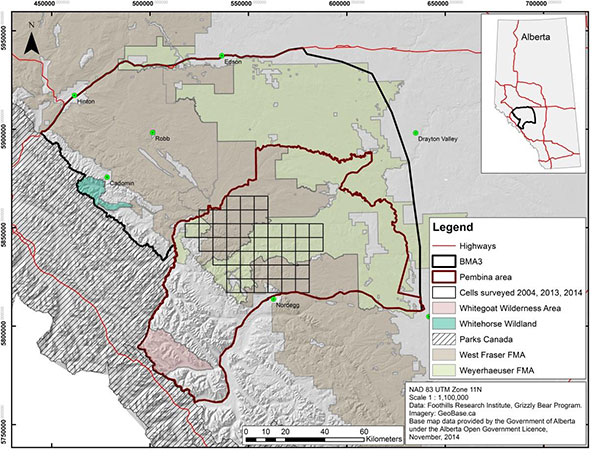
Data collection underway in the Drayton Valley FMA for Weyerhaeuser.
West Fraser and Alberta Environment and Parks come aboard.
Data collection continues, expanded to include the entire BMA 3.
Results from the first two years of data collection are presented to partners.
A week of safety, equipment, and of course, hair sampling training.
Crews begin setting up hair snag sites.

